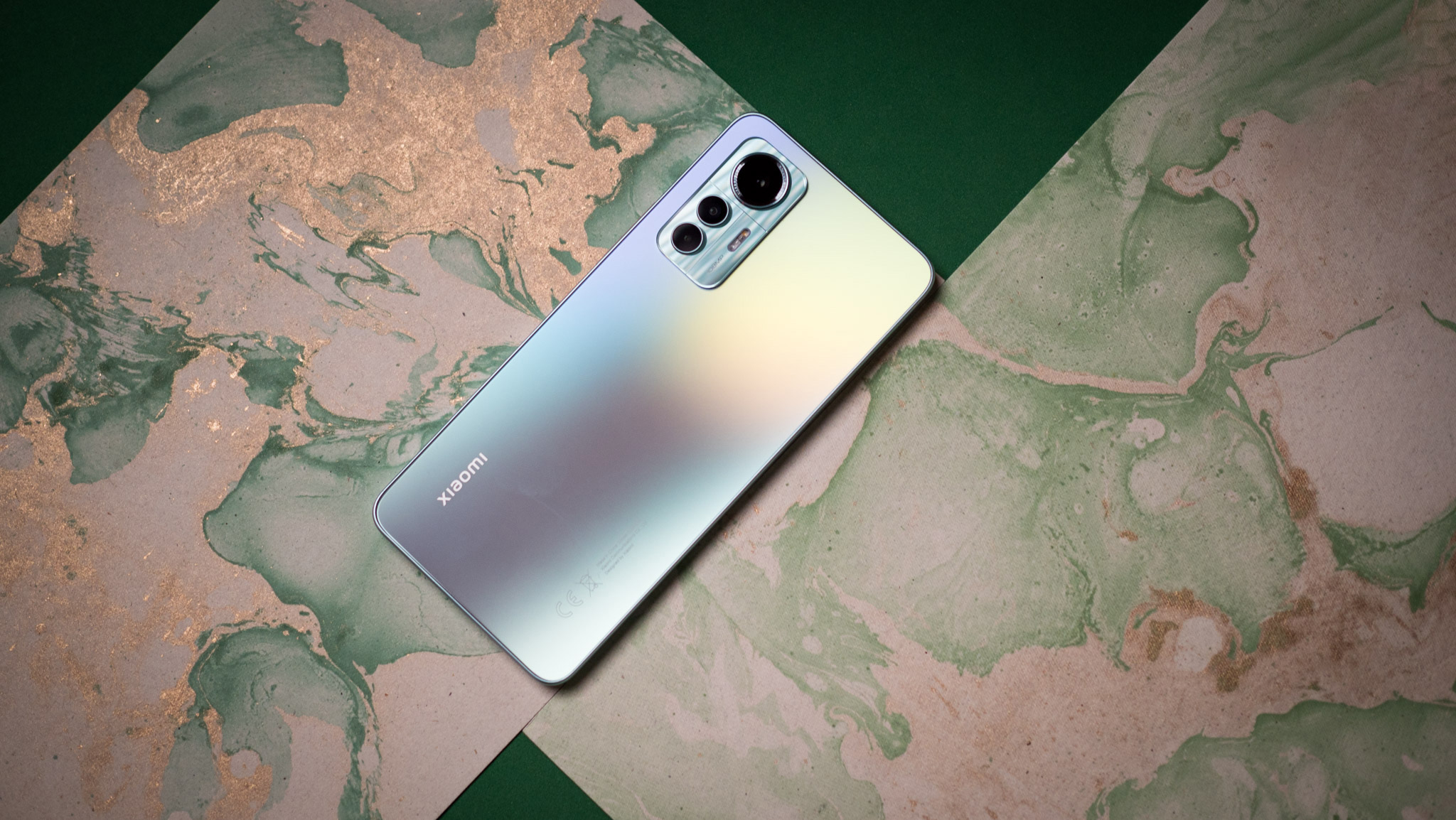Android Central Verdict
The Xiaomi 12 Lite comes with hardware that is reliable in daily use, you get a camera that takes great photos in challenging situations, and the battery lasts all day and charges in just over 45 minutes. The software is free of any ads and doesn't have as much bloatware as previous generations, but you'll only get two platform updates. This is a good mid-range phone, but it doesn't stand out in any one area, and with rivalry intensifying in this category, Xiaomi hasn't done enough to differentiate the phone.
Pros
- +
Vibrant 120Hz AMOLED screen
- +
Good hardware
- +
Strong camera
- +
All-day battery with 67W fast charging
Cons
- -
Unwieldy in daily use
- -
No wireless charging
- -
Only two platform version updates
Why you can trust Android Central
Xiaomi knows how to make a good mid-range phone, and it has seen a modicum of success in this area over the last 12 months. That's largely down to a more focused strategy that includes launching phones aimed at a mainstream audience. Xiaomi now has two product lines in this category: the Lite series that delivers the essentials in an affordable package, and the T series that is often the first to get new charging and camera innovations.
The Mi 11 Lite did a good job distilling the best parts of the Mi 11 into a mid-range package, and Xiaomi is now doing the same with this year's flagships. The Xiaomi 12 Pro is among the best Android phones I've used this year, combining a phenomenal camera package with a sleek design, fast charging, and latest hardware. With the Xiaomi 12 Lite, the brand is aiming to bring the essence of the Xiaomi 12 series into the mid-range category.
There's no shortage of rivalry in this segment, with Samsung's Galaxy A53 delivering a strong challenge this year, and Realme introducing the 150W GT Neo 3. So does the Xiaomi 12 Lite have what it takes to carry the baton for Xiaomi in the mid-range segment? Let's find out.
About this review
I'm writing this review after using the Xiaomi 12 Lite for over two weeks in Hyderabad, India. The device ran MIUI 13 out of the box (13.0.1.0) and did not get any updates. Xiaomi provided the unit to Android Central for review.
Xiaomi 12 Lite: Price and availability
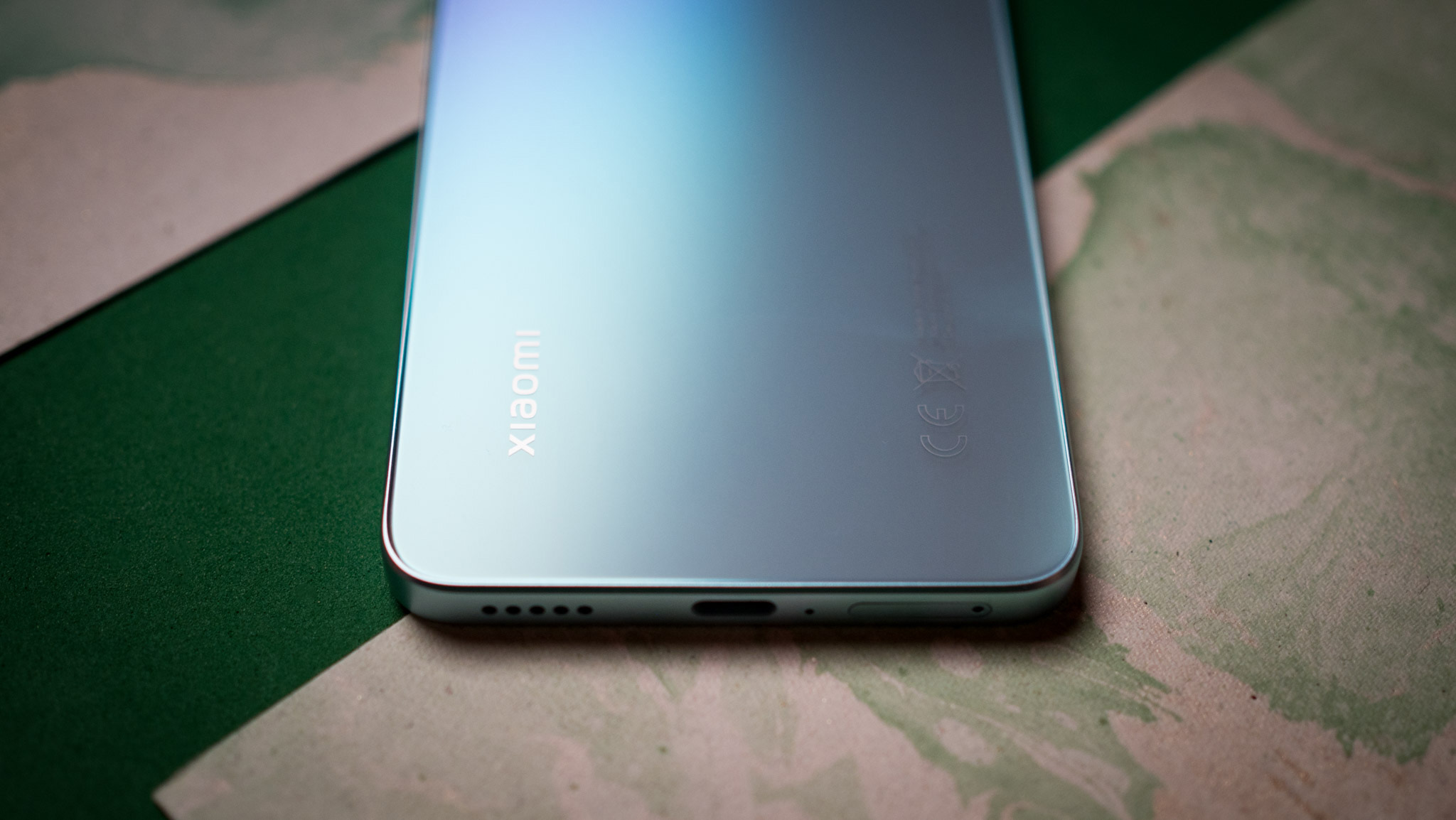
Xiaomi unveiled the Xiaomi 12 Lite on July 9, 2022, and the device will be going up for sale later in July. The phone is available in three color options — Lite Green, Lite Pink, and Black.
The 12 Lite is sold in three storage options: a base 6GB/128GB model, a version with 8GB/128GB, and an 8GB/256GB variant. The base version retails for the equivalent of $399, the 8GB/128GB model costs $449, and the 8GB/256GB version is available for $499.
Xiaomi 12 Lite: Design and screen
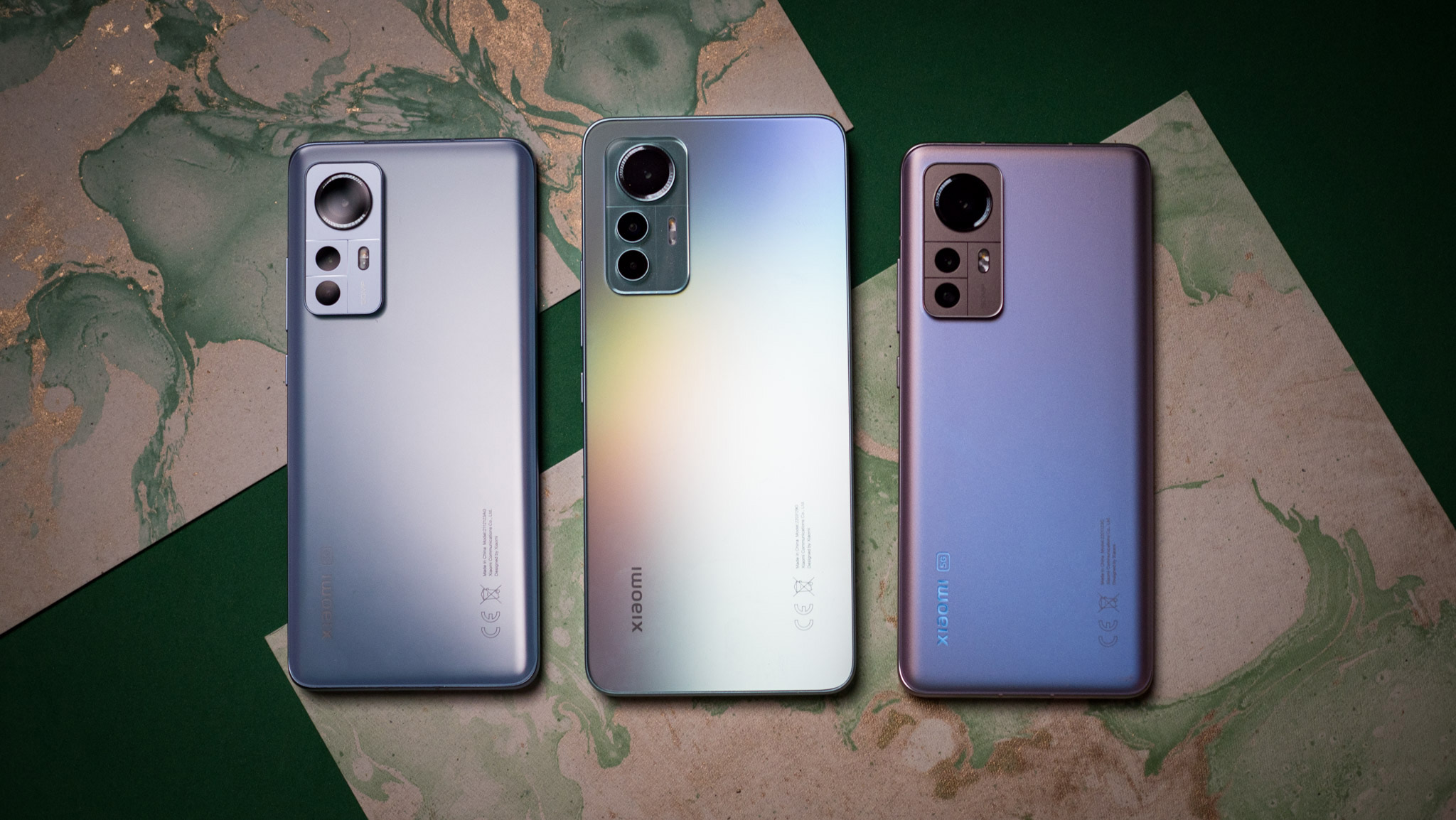
Xiaomi likes to tinker with the design of its phones year after year, and as a result, there's no design consistency in the numbered series. That said, the brand has done a much better job in recent years of maintaining the same design language between various models in the same series. We saw this last year with the Mi 11 and Mi 11 Lite, with both devices sharing a similar aesthetic.
Xiaomi switched up the design, with the 12 Lite featuring flat sides that make it more unwieldy than the Xiaomi 12 or 12X.
That's true to an even greater extent this year with the Xiaomi 12 series, with the 12X, 12, and 12 Pro featuring the same design. However, that similarity doesn't extend to the Xiaomi 12 Lite. The phone has the same design for the camera housing at the back, but the island itself isn't milled out of metal like its siblings.
Another change is the addition of chrome inserts around all three camera modules, making the housing protrude just that little bit more out of the chassis. That means you get even more wobble when the device is on a flat surface, making it nearly unusable.
The changes make the camera island not quite as elegant as the rest of the Xiaomi 12 series. But my biggest issue with the design is the flat sides; the other models in the Xiaomi 12 series have flowing curves at the front and back that makes the devices easy to hold and use, but that's not the case with the 12 Lite. The phone has flat sides and although it is technically thinner at 7.2mm than the 8.2mm Xiaomi 12, it doesn't feel that way when using the device.
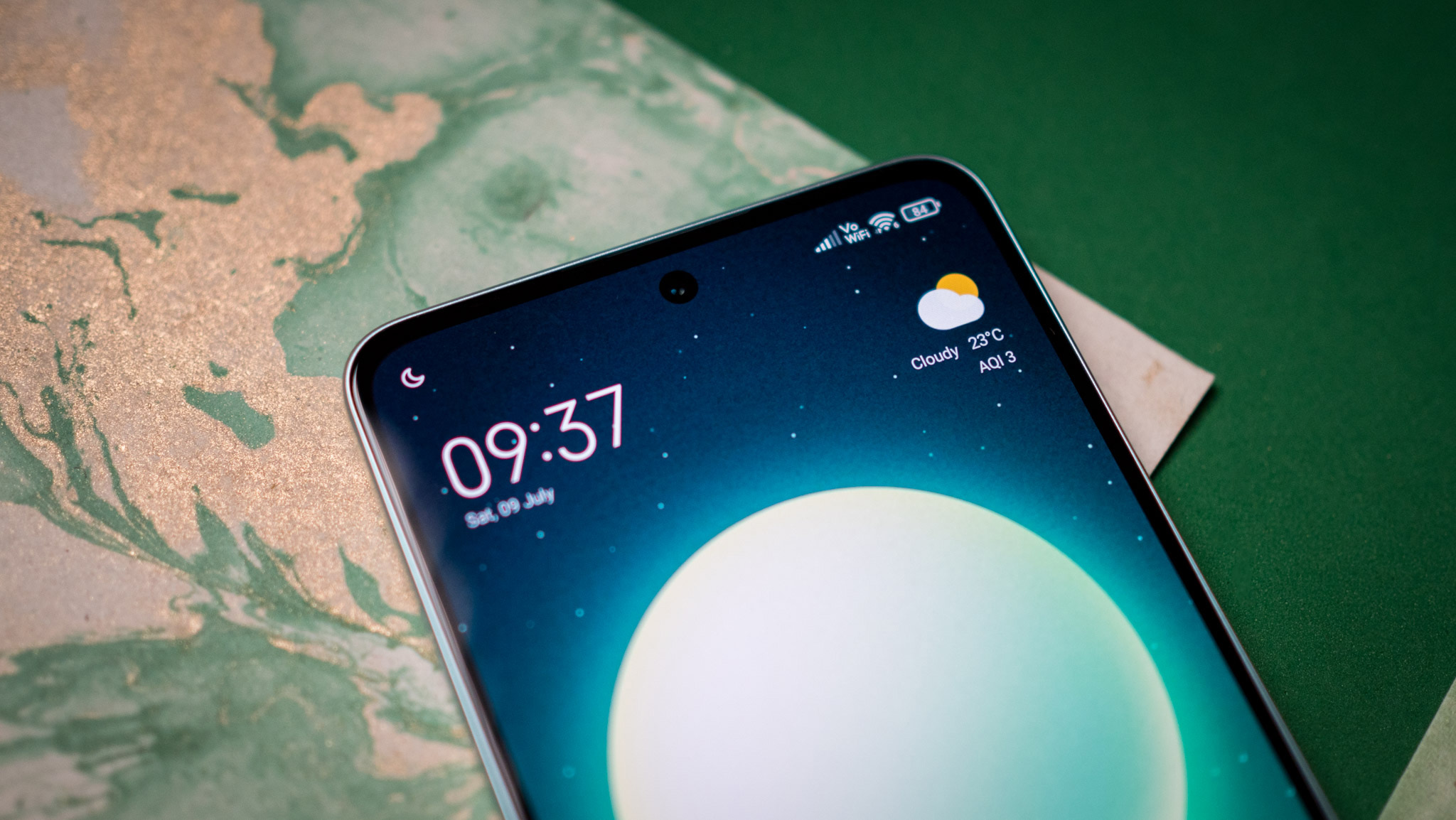
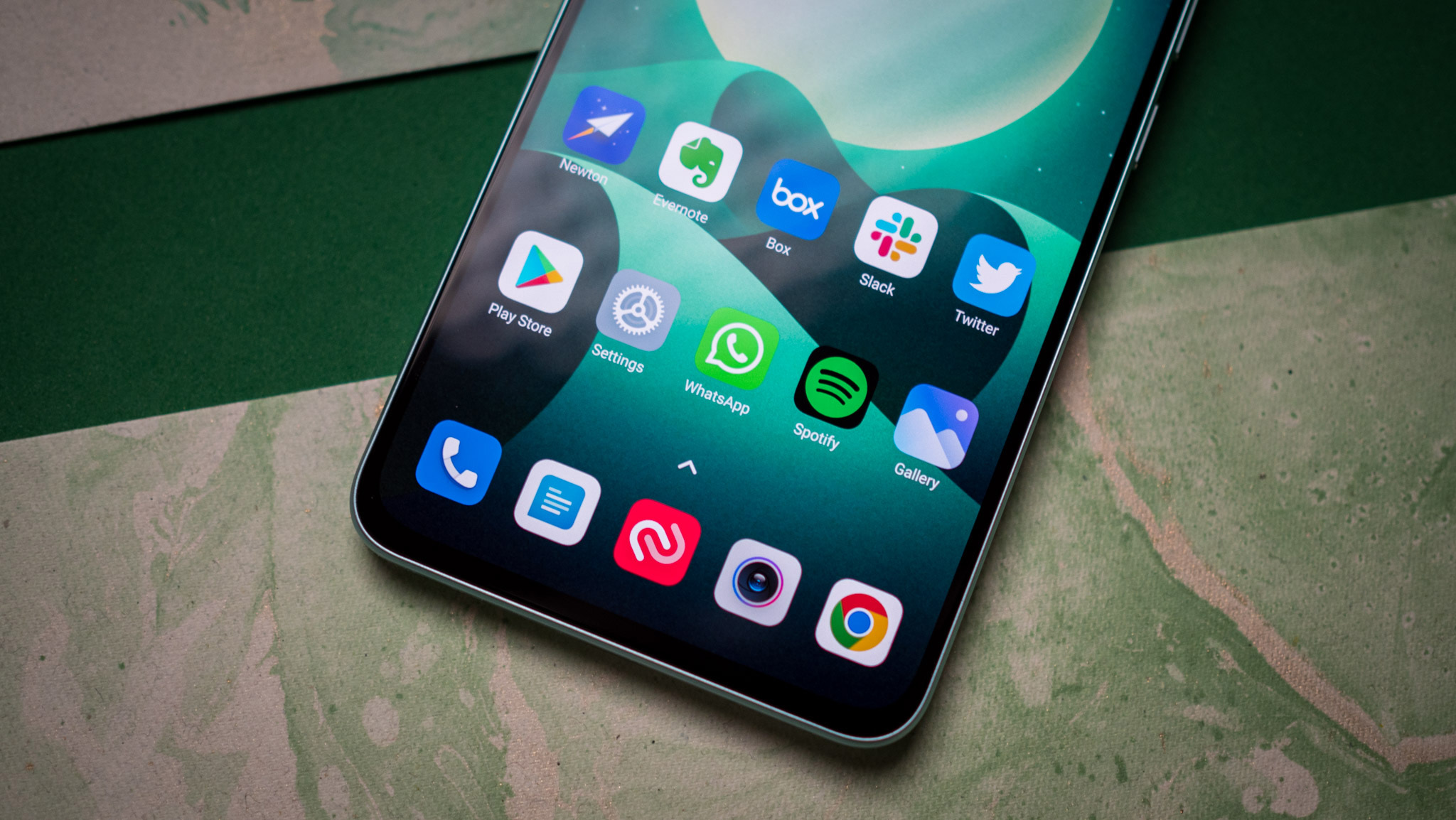
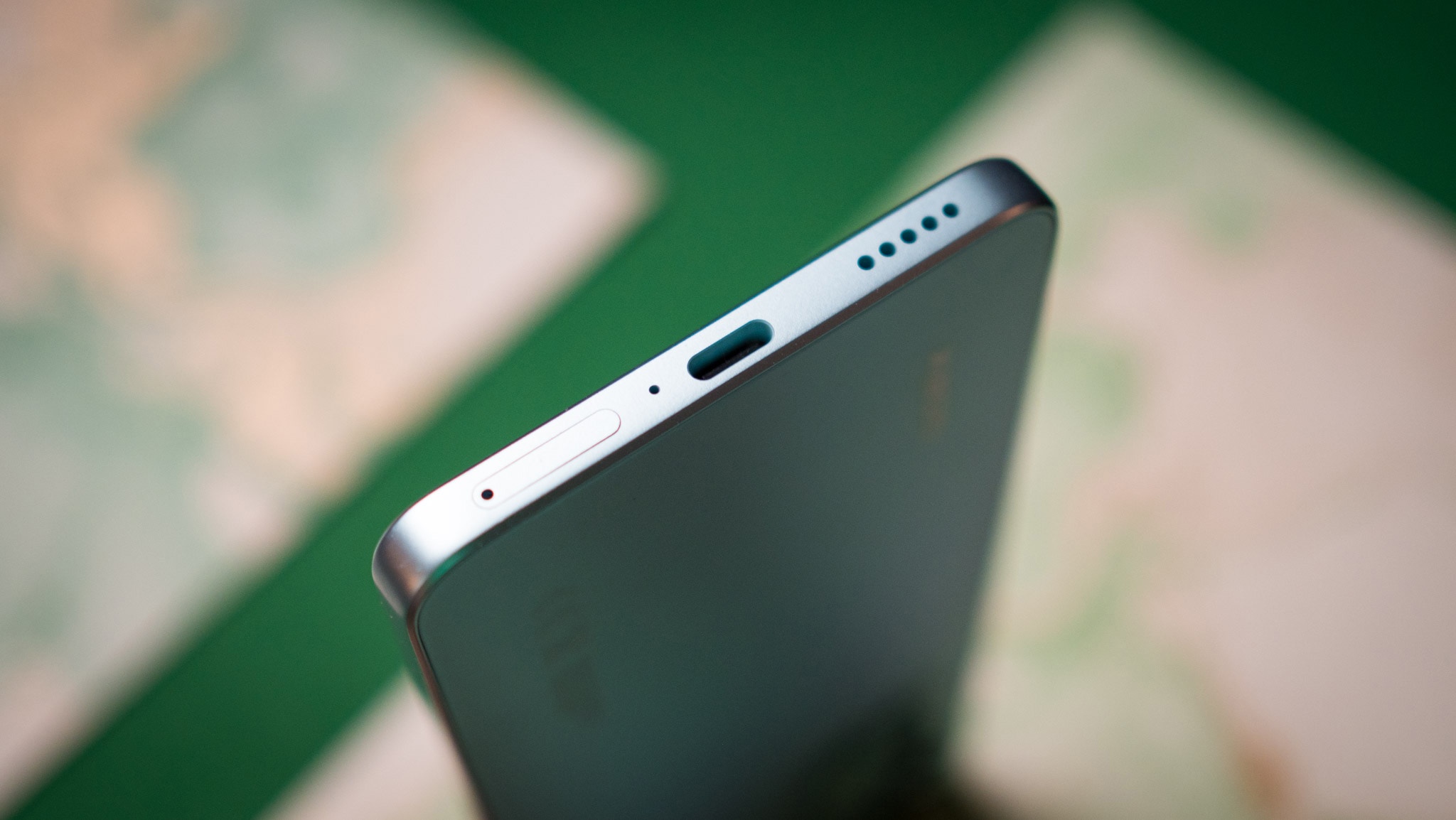
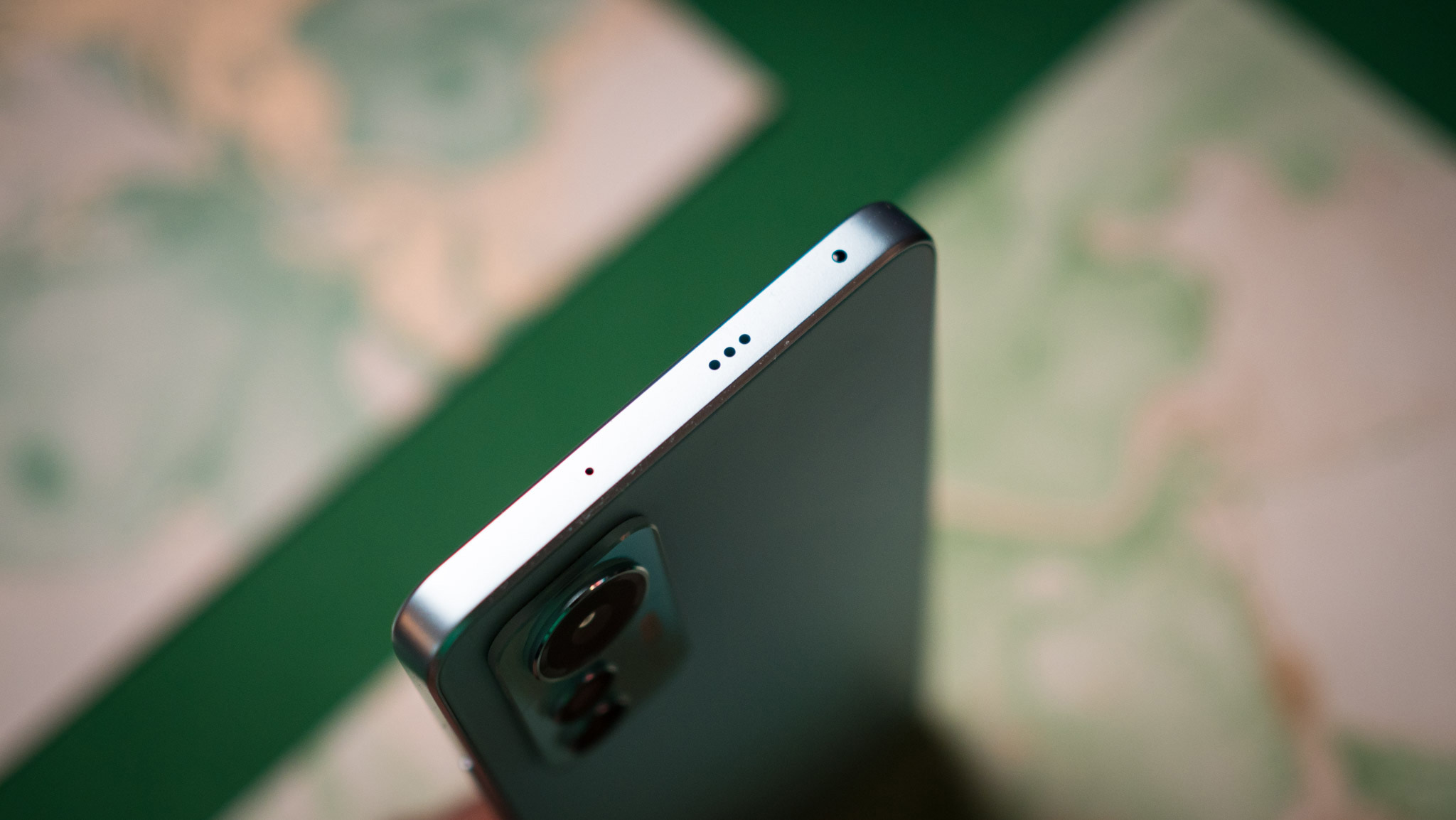
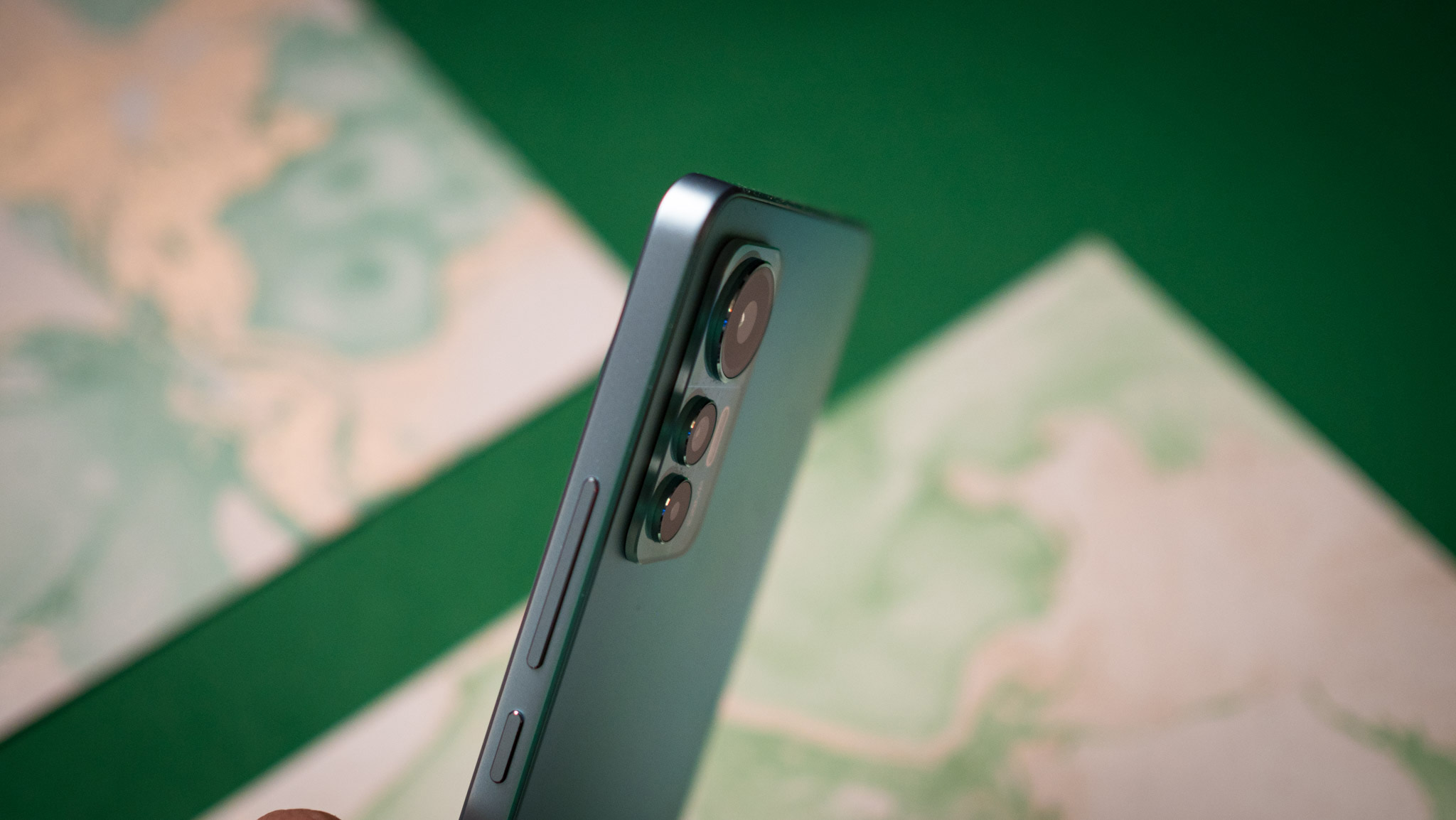
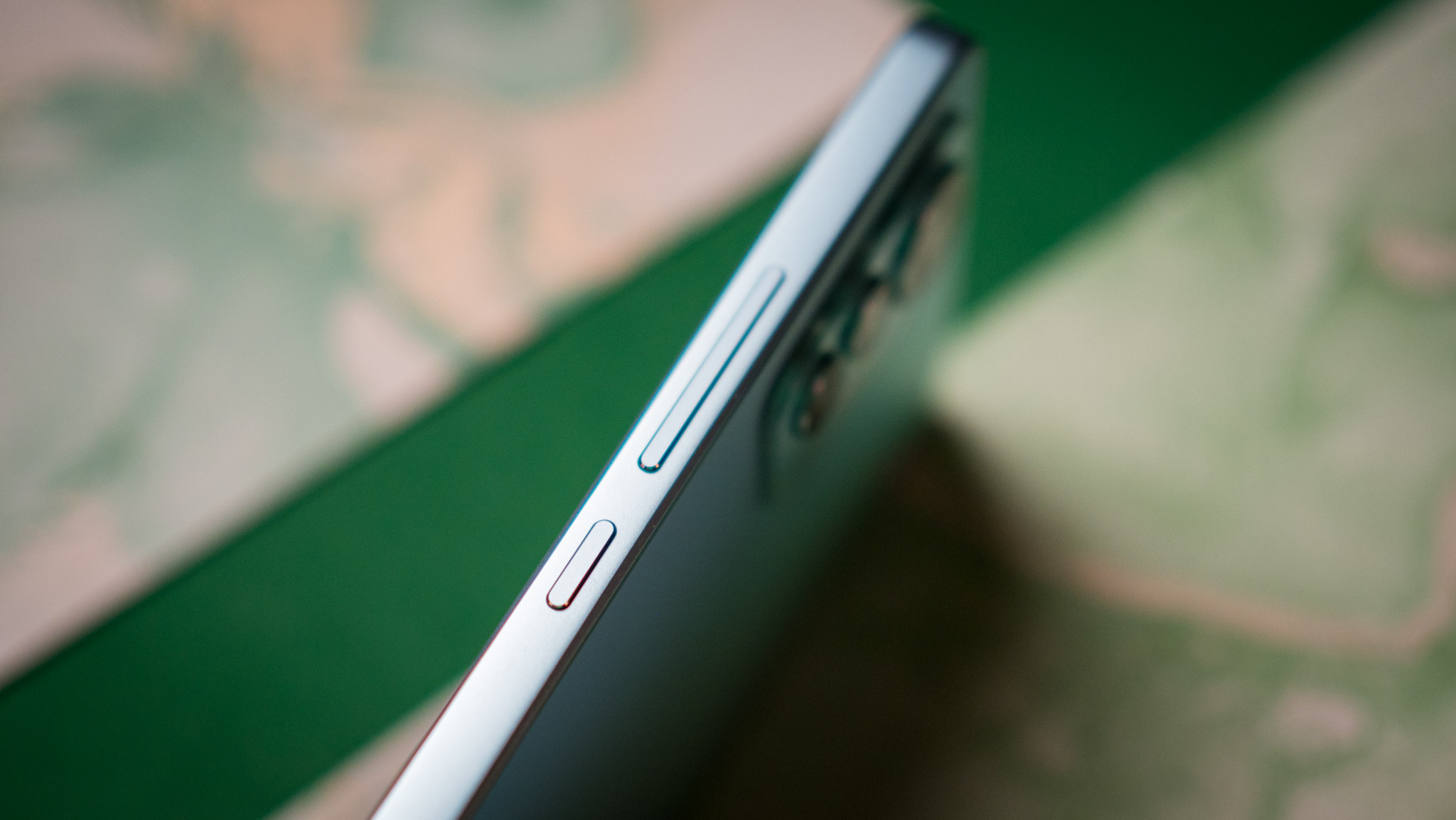
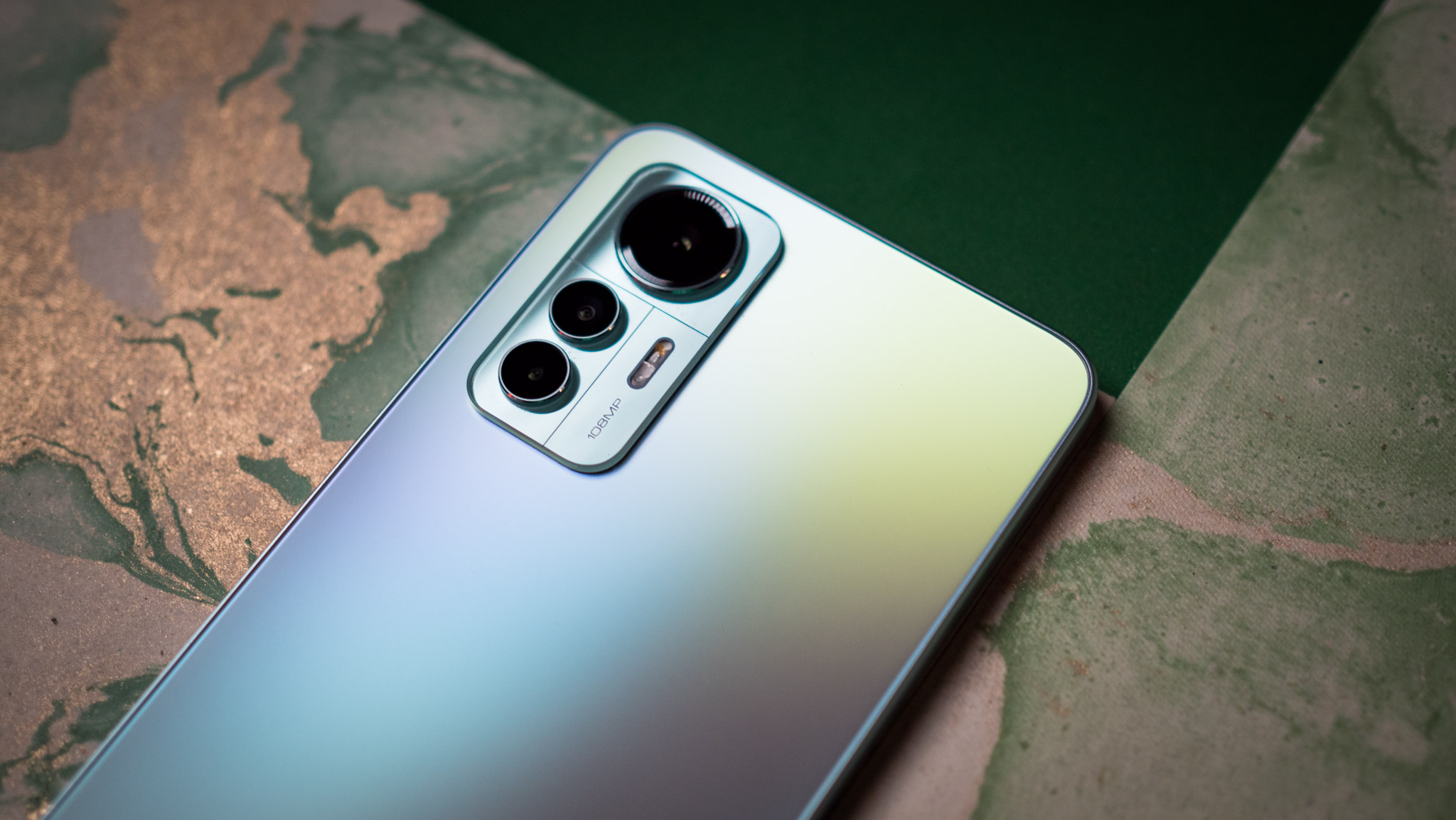
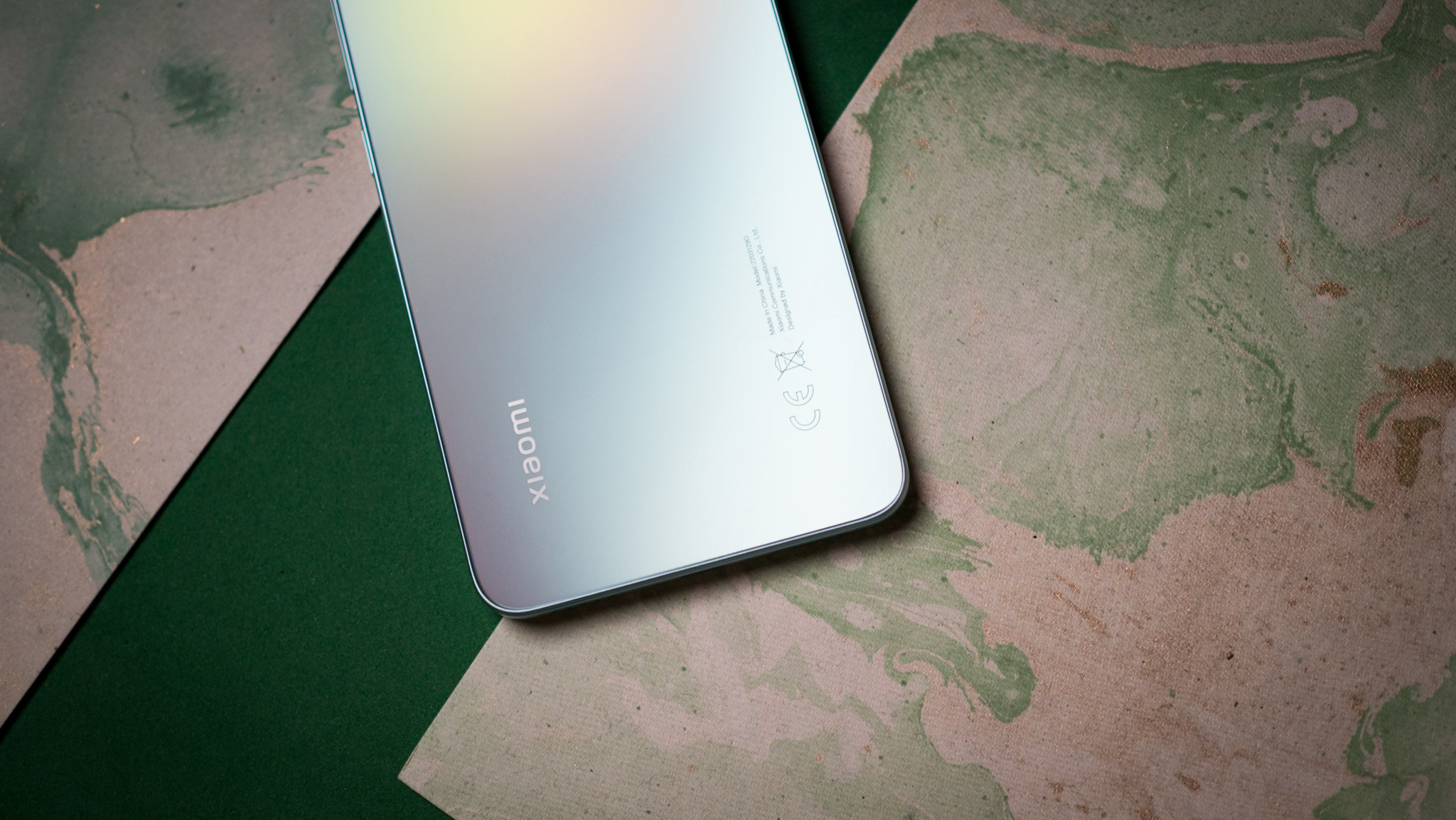
Xiaomi says the flat edges are designed to "spice up your fashion-forward lifestyle," which basically means you're sacrificing usability for a stylish phone. I'm not a fan of this design trend, but there are a lot of devices in this category that now sport flats sides and rounded corners, so it's here to stay for at least a few years.
The phone is available in Lite Green, Lite Pink, and the standard Black options, and the glass back has a matte finish that prevents smudging. I'm using the Lite Green model, and it has a subtle gradient effect that looks good, with the colors switching between various shades of green based on light reflecting the back.
Other design mainstays like the IR blaster are intact, and there are no issues with build quality here. Xiaomi should have retained the same aesthetic as the rest of the Xiaomi 12 series, because as it is, I'm not enthused about the in-hand feel of the 12 Lite.
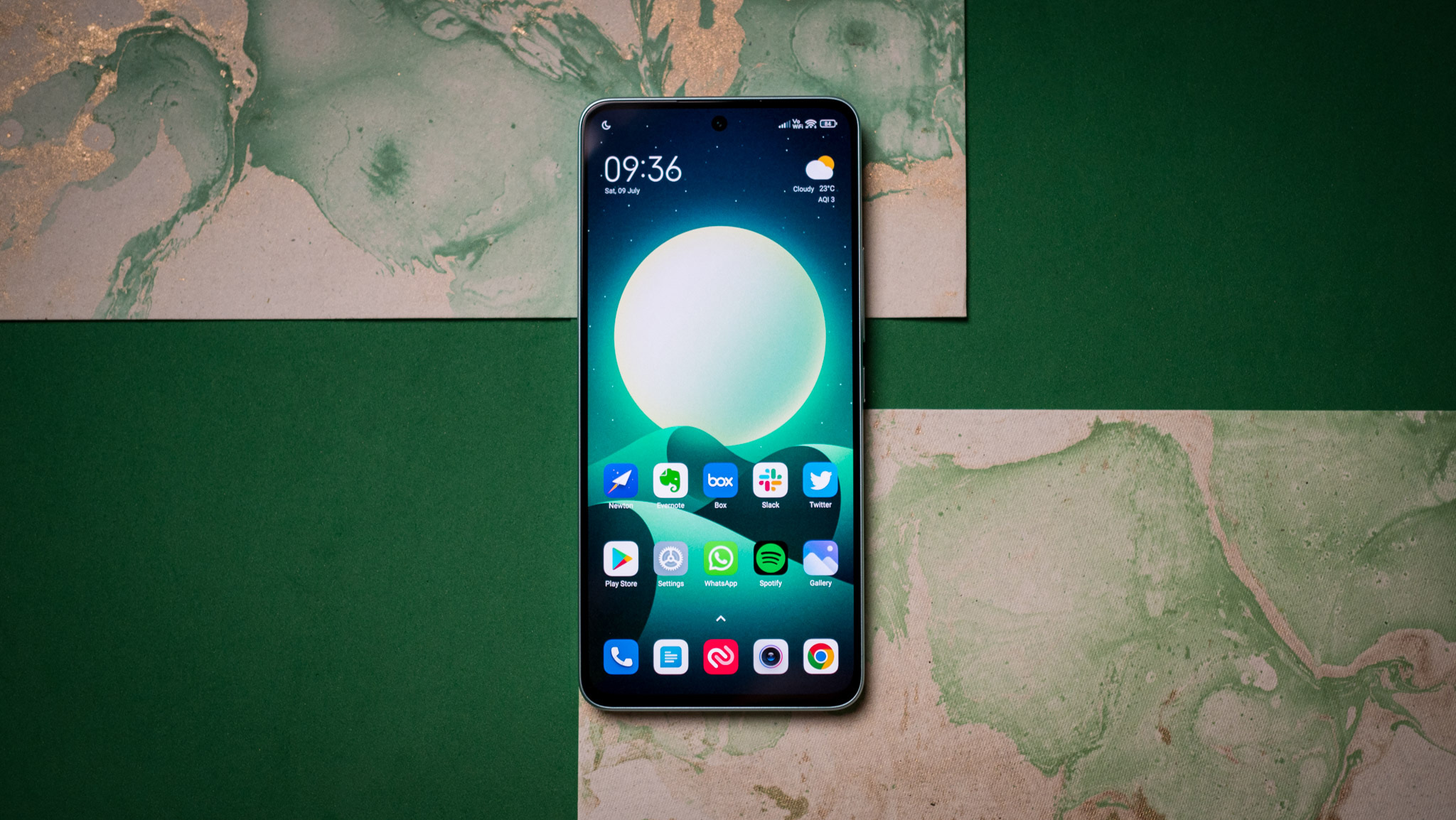
Coming to the screen, the Xiaomi 12 Lite has a 6.55-inch AMOLED panel with FHD+ (2400 x 1080) resolution and 120Hz refresh. Unlike Xiaomi's flagships, the 12 Lite doesn't dynamically scale the refresh rate based on the content playing on the screen, and you're limited to either 60Hz or 120Hz, with the former selected out of the box. It's annoying that Xiaomi still doesn't provide a way for users to manually select the refresh rate during initial configuration.
The 120Hz AMOLED screen has excellent contrast and color vibrancy — and the stereo sound is great for streaming videos.
The panel quality itself is quite good, offering good contrast levels, viewing angles, and color vibrancy. In true Xiaomi fashion, you get extensive customization over the color balance, and there's a True Tone-style feature that automatically adjusts colors based on ambient lighting conditions. There are no issues with outdoor visibility either, with the screen getting sufficiently bright.
One of my favorite features on Xiaomi phones is the stereo sound, with the other models in the Xiaomi 12 series offering large speakers with identical channels at the top and bottom. You won't find that here; although the 12 Lite has good stereo sound, it isn't as detailed as the Xiaomi 12 or 12X.
That said, the 12 Lite is still pretty good for playing games and streaming videos, and I have no issues with the screen itself. Xiaomi also did a great job with the bezels, maintaining a similar consistency throughout the front. Finally, there's a layer of Gorilla Glass 5 covering the screen, and like most phones in this category, you get a factory-installed screen protector out of the box.
Xiaomi 12 Lite: Performance and battery
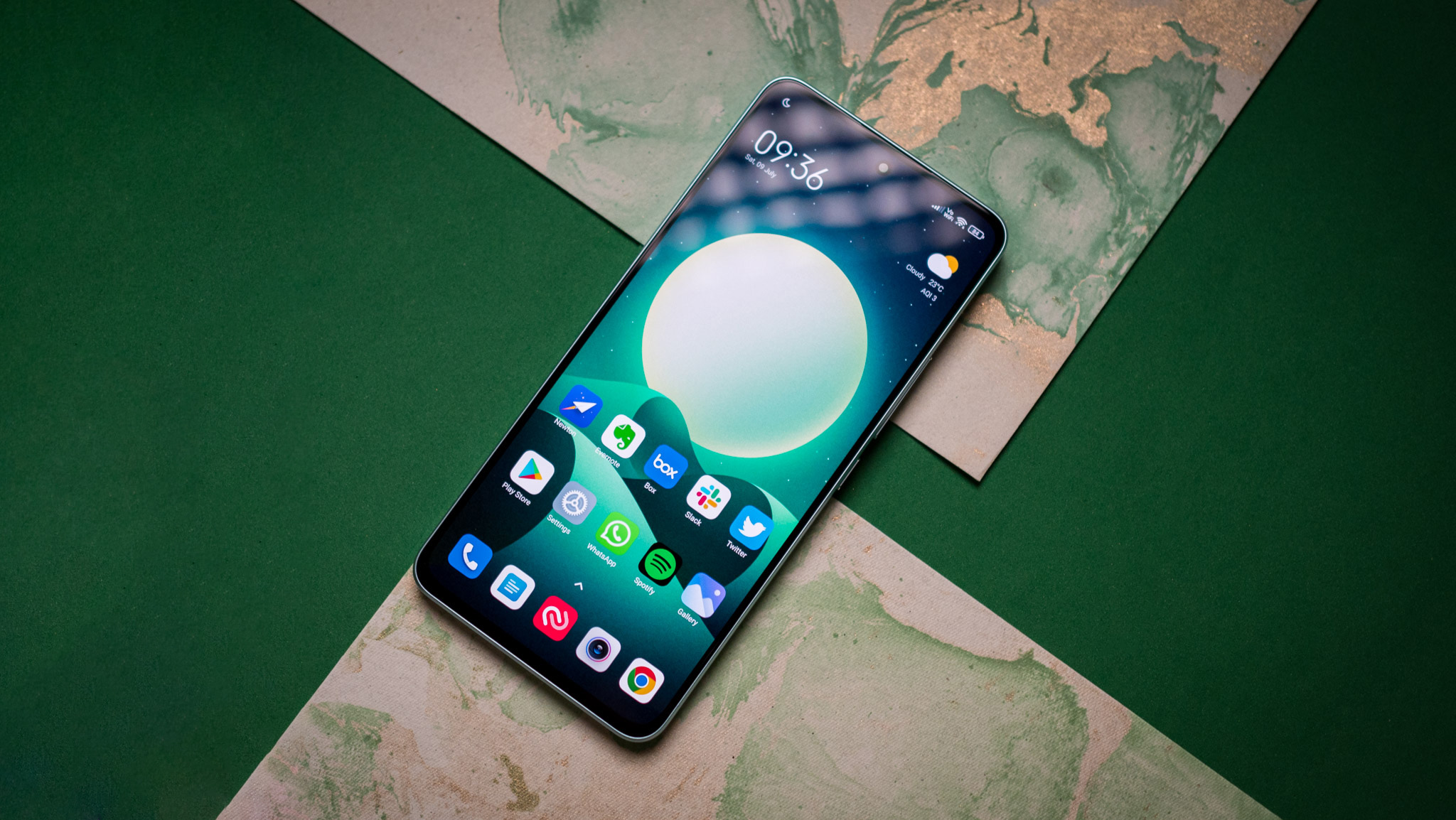
Most mid-range phones now feature MediaTek's Dimensity hardware, and while Xiaomi went this route with a few phones — the Xiaomi 11T had the Dimensity 1200 — most of its devices continue to be powered by Qualcomm silicon. We saw this last year with the Xiaomi 11 Lite 5G NE, and the Xiaomi 12 Lite is powered by the same Snapdragon 778G platform.
The Snapdragon 778 is a known quantity at this point, with the chipset featured in the Galaxy A52s, Galaxy A73, Motorola Edge 30, and others. It is built on a 6nm node and has two sets of cores: four Cortex A78 that go up to 2.4GHz, and four energy-efficient A55 cores at 1.8GHz. The Adreno 642L is decent enough for gaming, but it is overshadowed by the Mali-G77 that's in the Dimensity 1200.
| Category | OnePlus Nord 2 | Xiaomi 12 Lite | Galaxy A53 | Xiaomi 12 Pro |
|---|---|---|---|---|
| CrossMark (Overall) | 645 | 667 | 510 | 882 |
| Productivity | 653 | 656 | 551 | 755 |
| Creativity | 664 | 637 | 472 | 1029 |
| Responsiveness | 570 | 803 | 533 | 886 |
| Geekbench 5.1 (single-core) | 803 | 786 | 743 | 1240 |
| Geekbench 5.1 (multi-core) | 2405 | 2983 | 1929 | 3523 |
| 3DMark Wild Life (score) | 4227 | NA | 2335 | 7382 |
| 3DMark Wild Life (FPS) | 25.3 | NA | 14.02 | 44.2 |
| 3DMark Wild Life Extreme (score) | 1294 | NA | 642 | 1903 |
| 3DMark Wild Life Extreme (FPS) | 7.75 | NA | 3.8 | 11.45 |
That's clearly evident with synthetic scores, with the Snapdragon 778G posts nearly identical scores as the Dimensity 1200 for workloads involving the CPU, and that's because both use the same set of A78 and A55 cores. We see a better multi-core score for the 778G as it doesn't throttle its cores as early, but outside of that, there isn't much of a variance.
The Snapdragon 778G has plenty to offer, but the Dimensity 1200 is the outright leader for gaming.
But the Mali-G77 is in an overwhelming lead for GPU-focused tasks, delivering class-leading figures. I wasn't able to get 3DMark figures for the Xiaomi 12 Lite — Xiaomi prevents access to UL servers for review units — but having tested the 11 Lite 5G NE last year, there's a wide gulf between Qualcomm and MediaTek in this area.
The 11 Lite 5G NE posted scores of 2487 for the Wild Life workload and 653 for Wild Life Extreme, with the Dimensity 1200 posting scores up to 50% better. Essentially, the Snapdragon 778G is in the same vicinity of the Exynos 1280 in this regard, and if you're looking for a more gaming-focused platform, MediaTek is clearly the way to go here.
That said, the Snapdragon 778G isn't short on power in daily use, and it holds up fine for casual gaming — as long as you're okay with lowering the settings. I didn't see any lag or slowdowns in general use, and I got playable framerates in demanding titles with the settings turned down and didn't see too much jitter. In short, this is more than adequate for most use cases, and while it isn't catered toward gaming, it holds up in daily use.

Elsewhere, the Xiaomi 12 Lite has dual-SIM as standard, and comes with Wi-Fi 6, Bluetooth 5.2, and a decent set of Sub-6 5G bands. The global variant I'm using has the following 5G bands — 1/3/5/7/8/20/28/38/40/41/66/77/78 — but the selection of bands will vary based on the country.
As for storage configurations, the 6GB/128GB version feels a little dated considering most phones in this category offer 8GB/128GB as standard, but you can opt for that variant, and there's a model with 256GB of storage. Xiaomi is using the older UFS 2.2 standard here, but you won't see any difference in day-to-day use.
Rounding out the hardware, the vibration motor isn't as good as that of the Xiaomi 12 Pro, but it is on par with other mid-range phones, and you get decent feedback. The in-screen module does a good job as well; it doesn't take long to authenticate and works unerringly.

Xiaomi hasn't changed much on the battery side of things, with the 12 Lite featuring a 4300mAh battery with 67W wired charging. You won't find wireless charging here, but there is a bundled 67W charger in the box.
The battery takes just over 45 minutes to fully charge, and I didn't have any issues with battery longevity. The 12 Lite delivered a day's worth of use without fail, but there were times when it fell below 15% by the end of the night. If you need to plug it in during the day, it takes just 17 minutes to get a charge of up to 50%.
Xiaomi also has an optimized charging mode that limits the battery charge level to make sure the phone isn't drawing power when plugged in overnight.
Xiaomi 12 Lite: Cameras
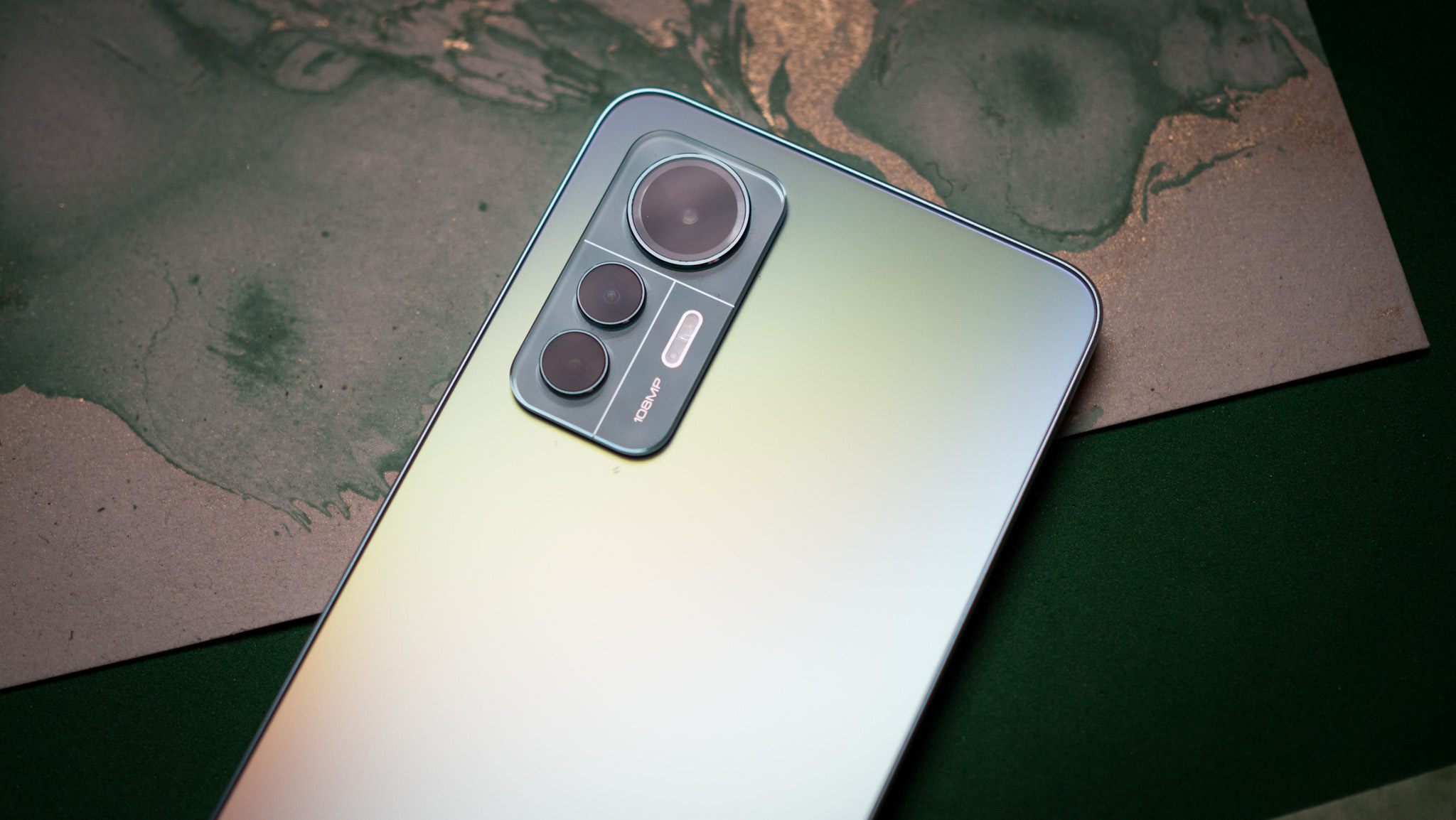
The Xiaomi 12 Lite has three cameras, with the phone the latest to use a 108MP lens. Xiaomi has used the Samsung HM2 sensor in a lot of phones to date — including the 11T Pro, Xiaomi 11i, and the Redmi Note 11 Pro — and it has a proven record of delivering good photos in just about any scenario. The 12 Lite also gets an 8MP wide-angle lens with 120-degree field of view, and a 2MP macro.
I'm not going to talk too much about the camera, because there isn't a whole lot that's different here. Xiaomi likes to reuse sensors across its devices, and that makes sense when you consider just how many devices the brand releases over the course of a year.
The camera interface itself is unchanged, with the shooting modes and toggles laid out where they're easy to locate. You get a Night mode, manual mode, and Xiaomi's slate of movie effects that have been a mainstay on its devices for 15 months.
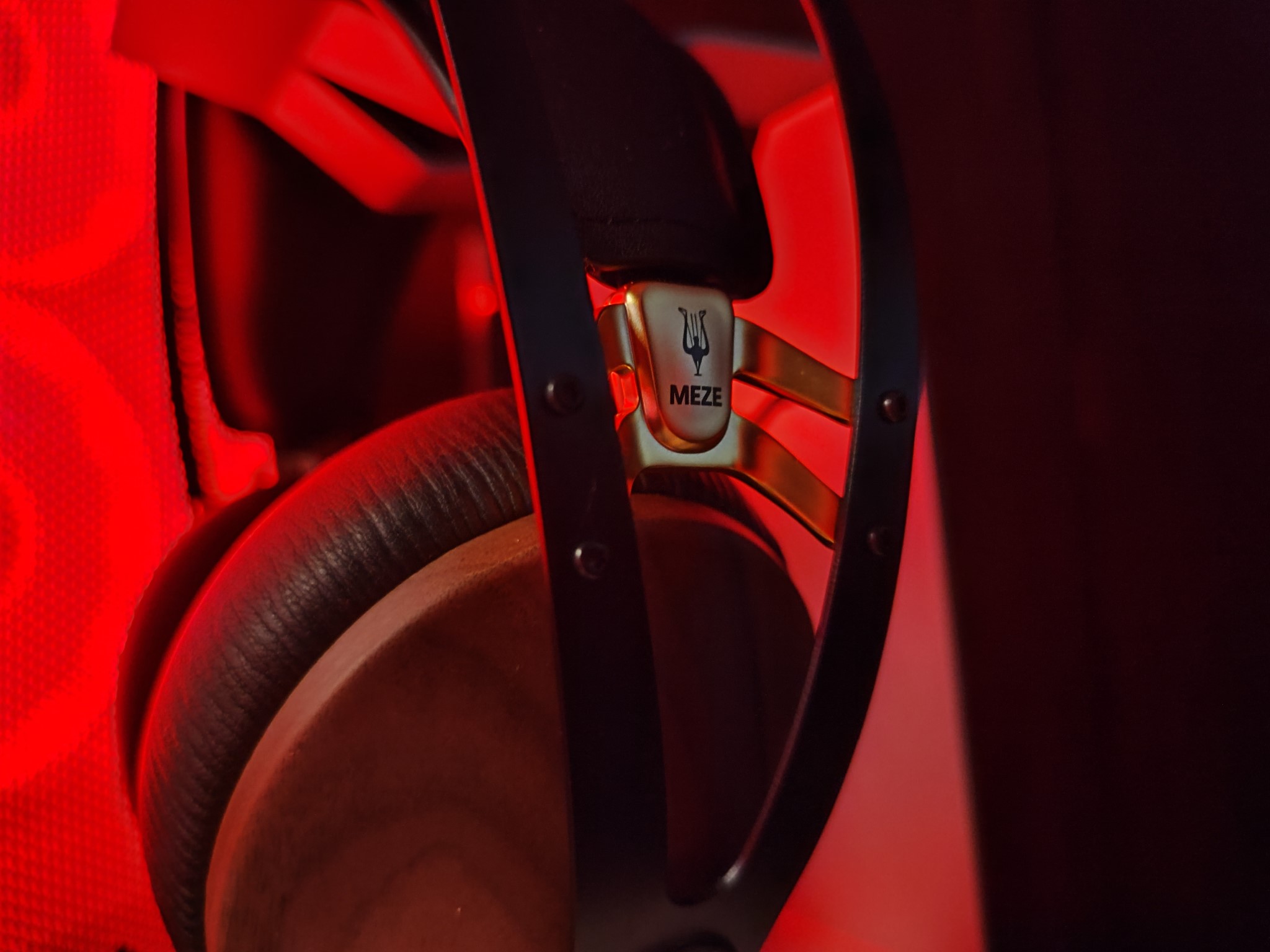
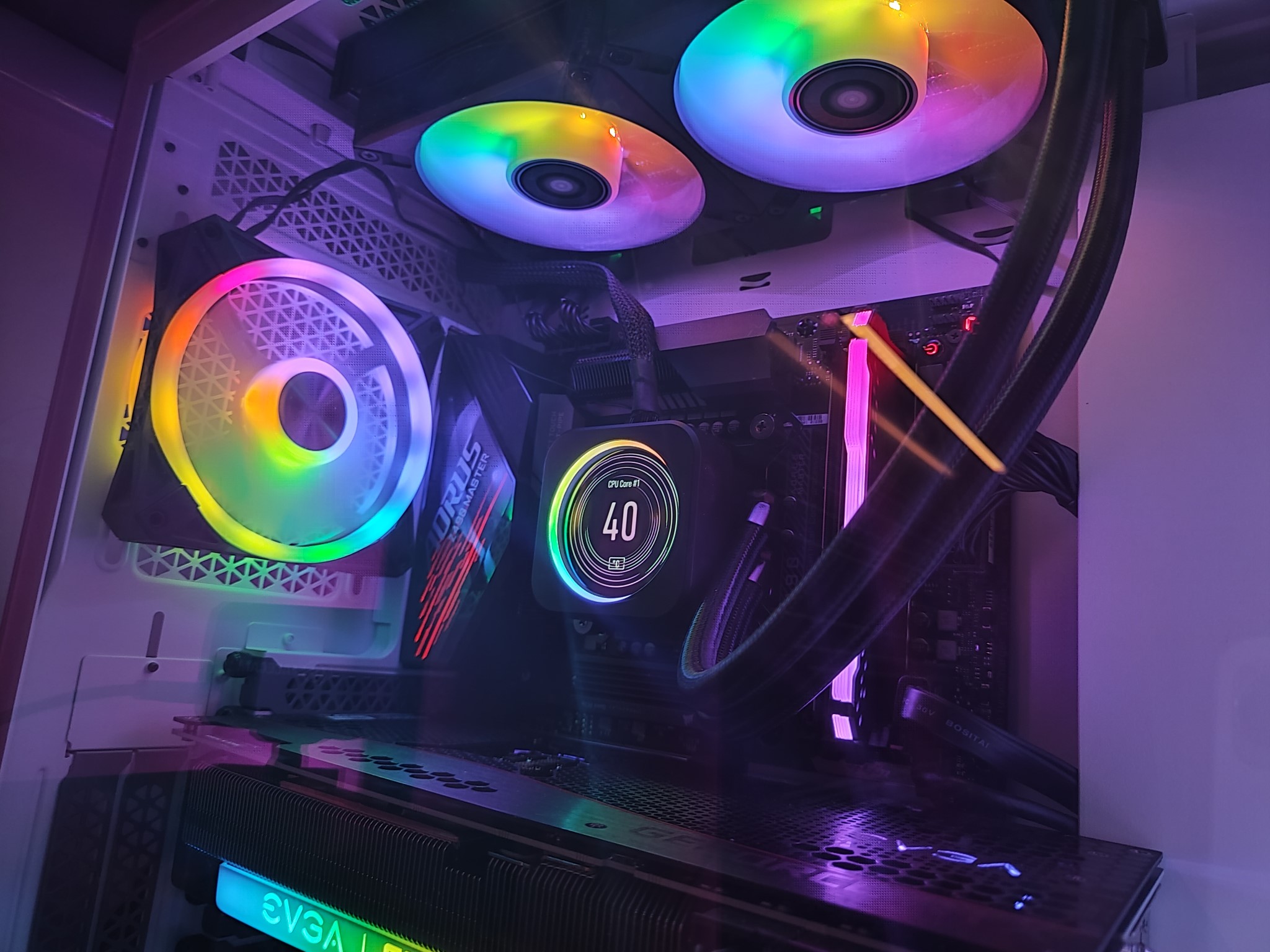
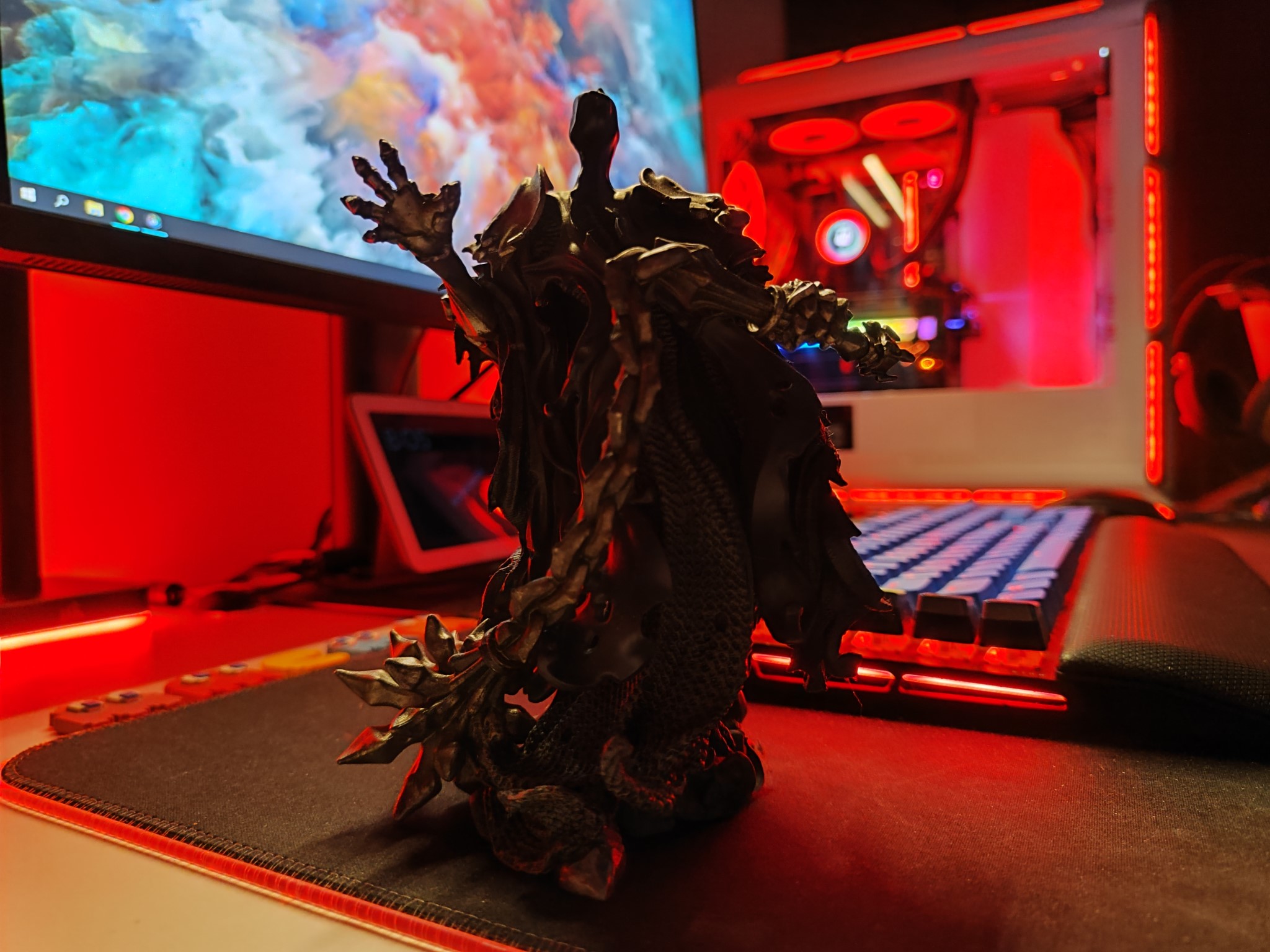
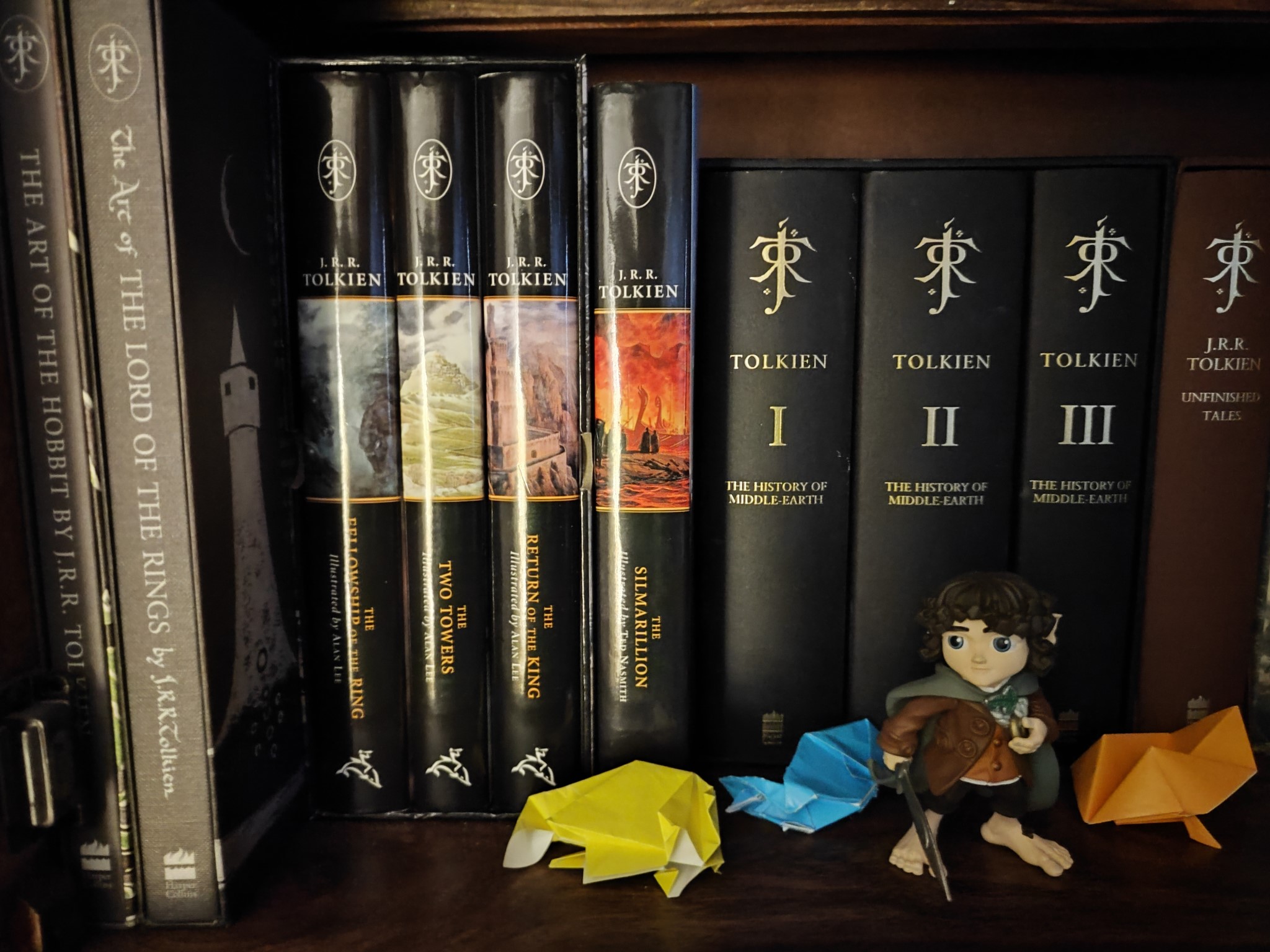
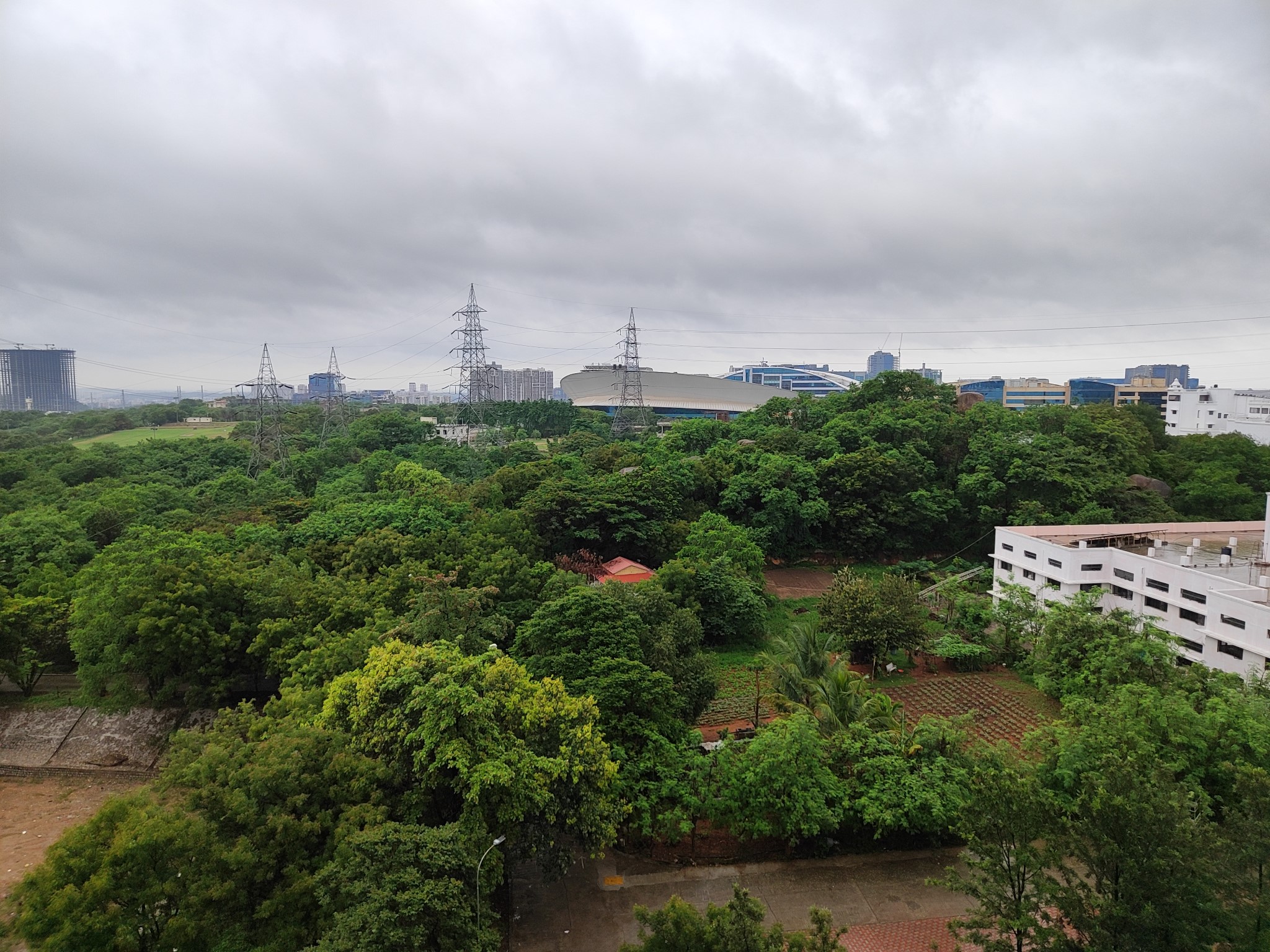
The Xiaomi 12 Lite takes good photos in daylight situations, delivering wide dynamic range and accurate colors. Shots of foliage are rendered correctly with varying hues, but you miss out on finer details.
The phone does a decent job in low-light situations, maintaining a low ISO to ensure minimal noise and grain. The Night mode does a good job stitching images together and delivering detailed photos at night, and in general, the Xiaomi 12 Lite holds its own against other mid-range phones in this particular area.
The 8MP wide-angle lens isn't as good, and it struggles to take good photos in low-light situations. Unlike the Nord 2T, however, the Night mode works with the wide-angle lens, and you can get passable shots.
Overall, the Xiaomi 12 Lite does a good job in this category. It takes consistent shots most of the time, and it doesn't have issues focusing in on a subject even in challenging lighting situations. A better auxiliary lens would have made the phone stand out just that bit more, but as it is, you're getting a decent package here.
Xiaomi 12 Lite: Software
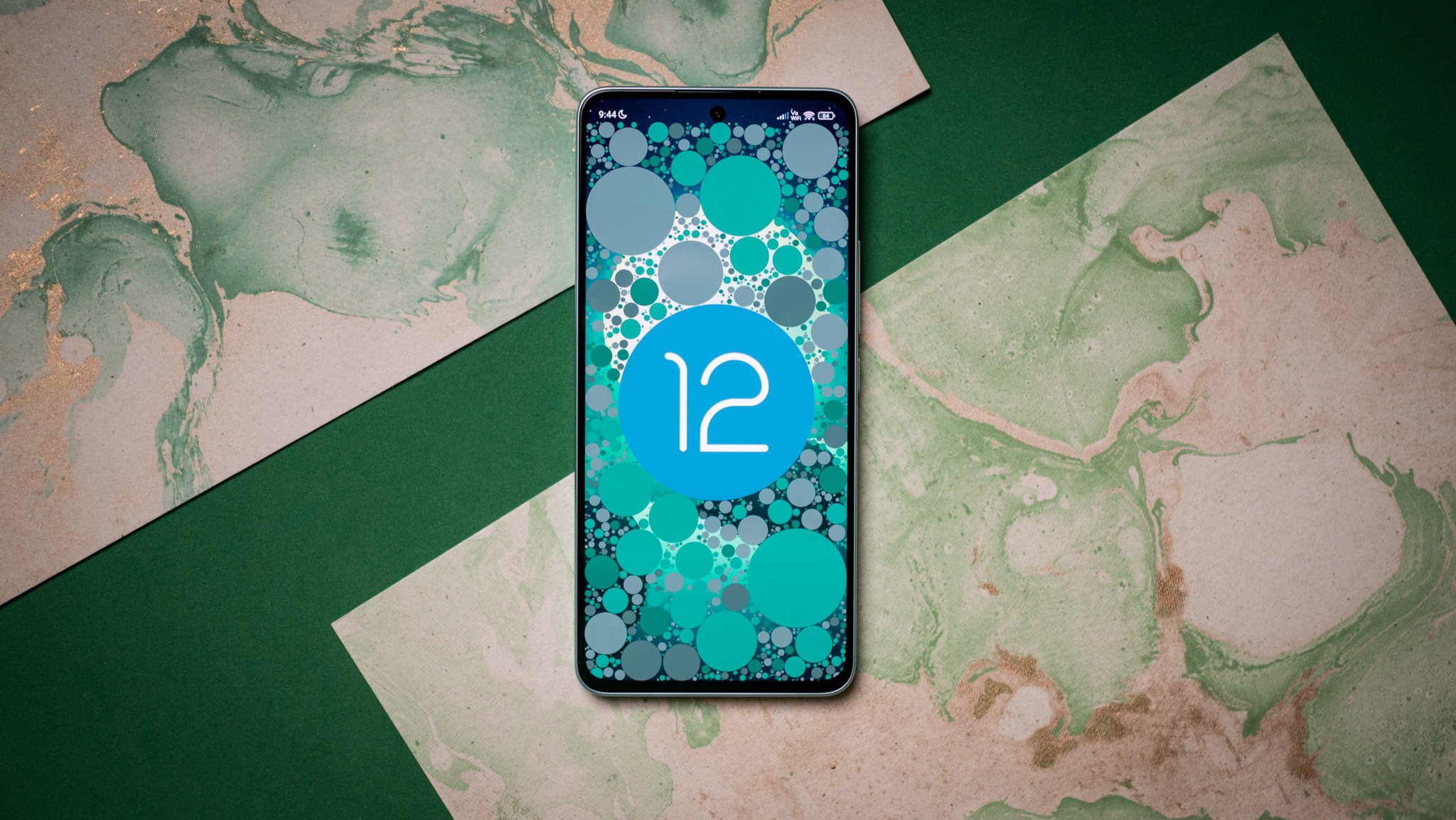
The Xiaomi 12 Lite runs MIUI 13 based on Android 12 out of the box. Xiaomi rolled out MIUI 13 earlier this year, and while there aren't a lot of notable additions, the interface has a lot of under-the-hood optimizations that make a difference in daily use.
Xiaomi did a good job getting rid of bloatware and ads within MIUI, but timely updates are still an issue.
MIUI fundamentals haven't changed for a few years, so you get the same split notification pane with the toggles off to one side — accessible with a pull-down gesture from the right side of the screen. The recents menu scrolls vertically and has a two-card layout by default. You get the option to switch back to the standard Android notification pane, and a horizontally-scrolling menu.
You'll find an app drawer that automatically sorts apps into different categories, there's schedulable dark mode, always-on mode with plenty of configurability, and like all other Xiaomi phones this year, you get Google's dialer and Android Messages as the default options.
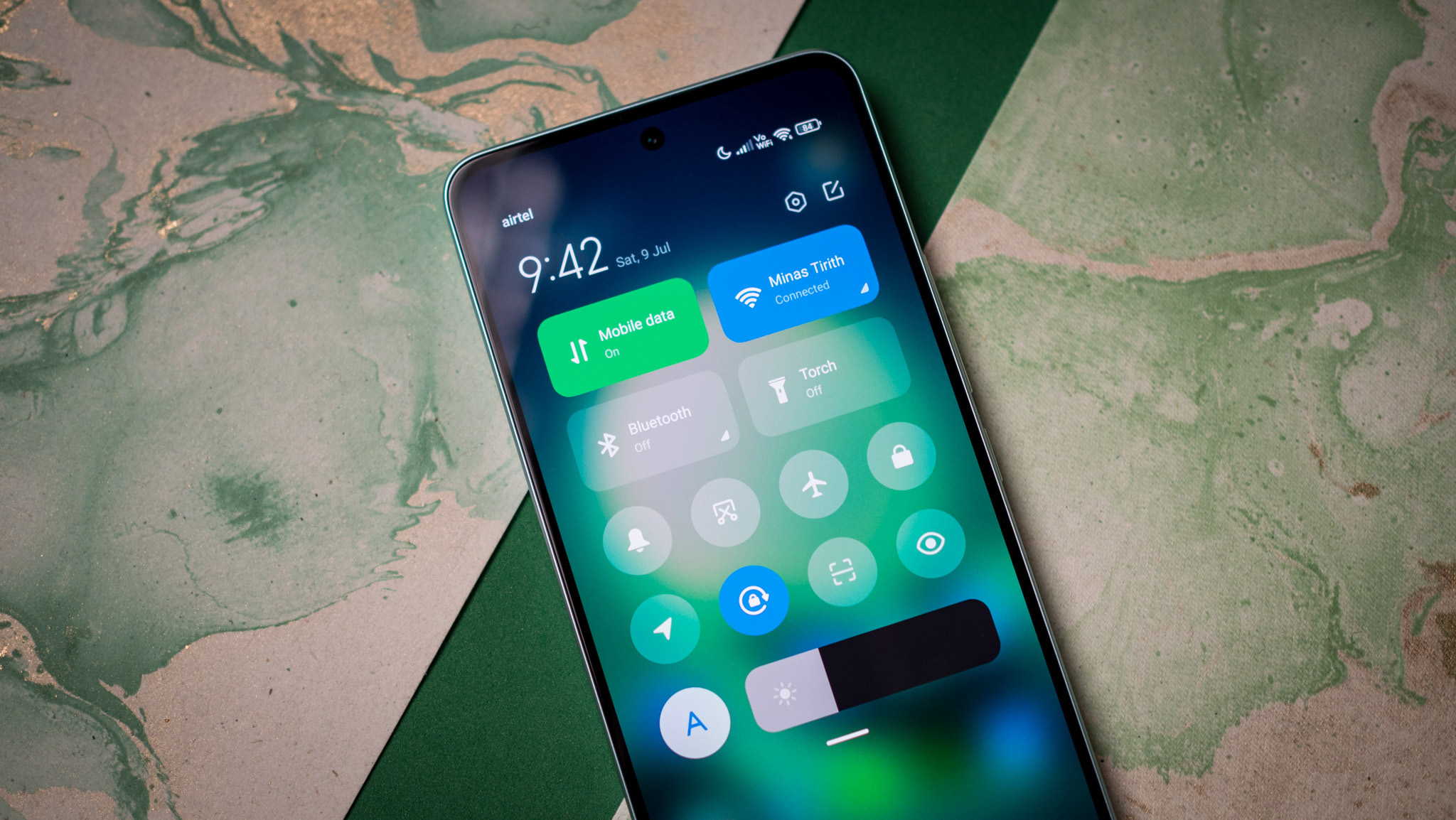
Basically, MIUI 13 will be immediately familiar if you've used a Xiaomi phone in the past. There isn't much in the way of bloatware here — unlike Realme UI 3.0 — and I didn't see any ads in the time I used the 12 Lite. A lot of Xiaomi services can now be uninstalled as well, and in general, MIUI strikes the ideal balance between ease-of-use and customizability.
You get all the features Google introduced in Android 12 here, but there's no Material You design, and you miss out on the dynamic color picker. Other brands have introduced their own version of the feature — One UI 4 and ColorOS 12 do a decent job at it — but Xiaomi doesn't offer one.
As for updates, the Xiaomi 12 Lite will get two platform updates and three years of security updates. With more and more phones in this category now offering three platform updates as standard, it feels like Xiaomi is on the backfoot here. The brand isn't known for timely updates either, so you have a long wait before the device switches to Android 13 sometime next year.
Xiaomi 12 Lite: The competition
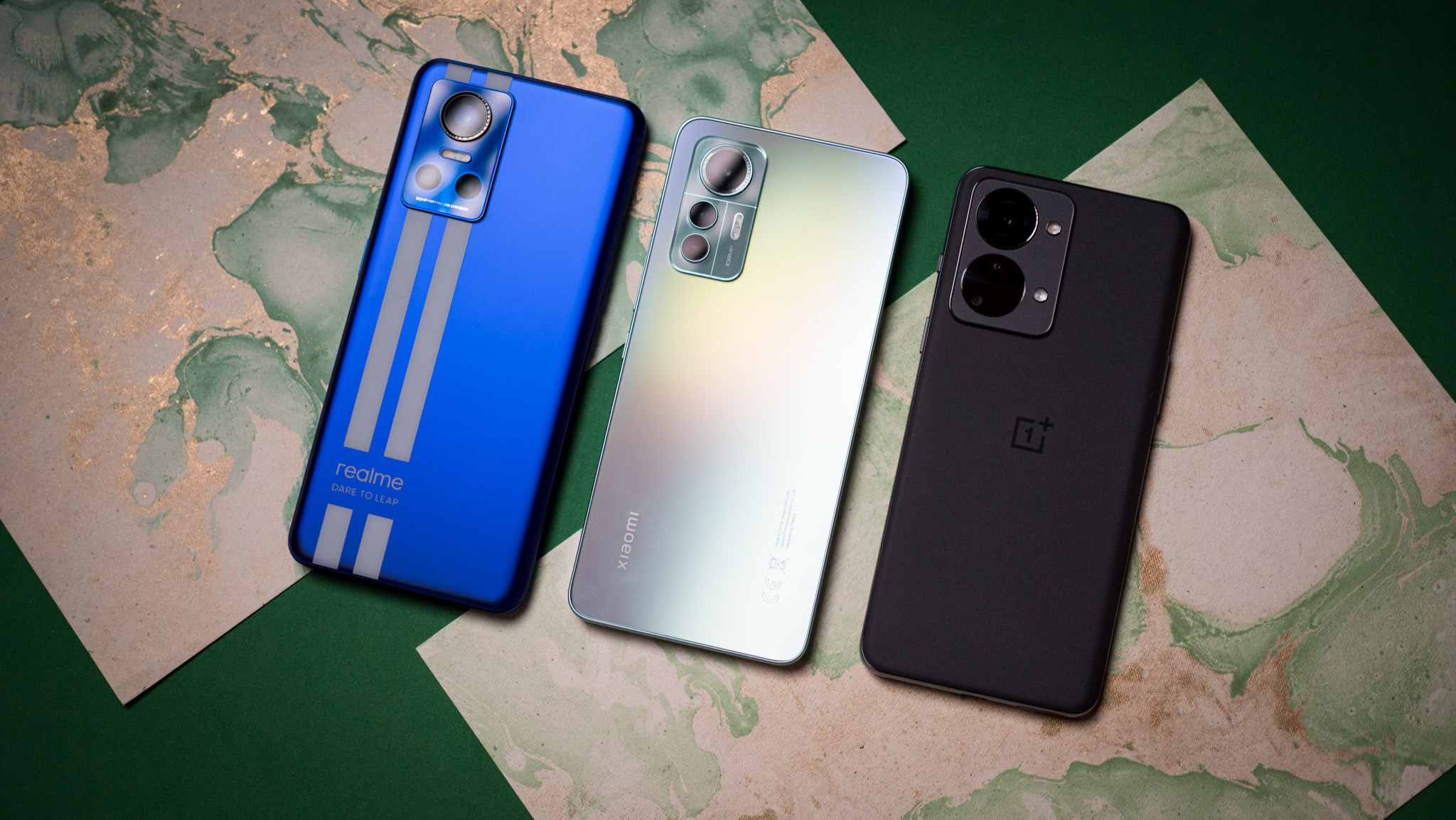
The Galaxy A53 continues to be the the best mid-range phone thanks to its reliable hardware and strong software feature-set. The phone doesn't stand out too much, but you get a vibrant 120Hz AMOLED screen, hardware that's great in daily use, cameras that deliver good photos, and a large battery that lasts more than a day.
The best part is that the A53 gets four guaranteed Android OS updates — more than any other device in this category. The downside is that it isn't as powerful as the 12 Lite, and it doesn't charge as fast.
Nothing's phone (1) is one of the most talked-about phones of 2022, and for good reason. The device has an intriguing design backed by the same caliber of hardware as the Xiaomi 12 Lite, and you get a few extras like wireless charging.
Google's Pixel 6a is another major launch in this category, with the phone featuring Google's custom Tensor platform. It will be interesting to see how it holds up against the Pixel 6 series, but if its predecessors are any indication, it will have one of the strongest cameras in the mid-range category.
The Nord 2T and Realme GT Neo 3 also have a lot to offer in this category, with both phones featuring powerful hardware and fast charging tech.
Xiaomi 12 Lite: Should you buy it?
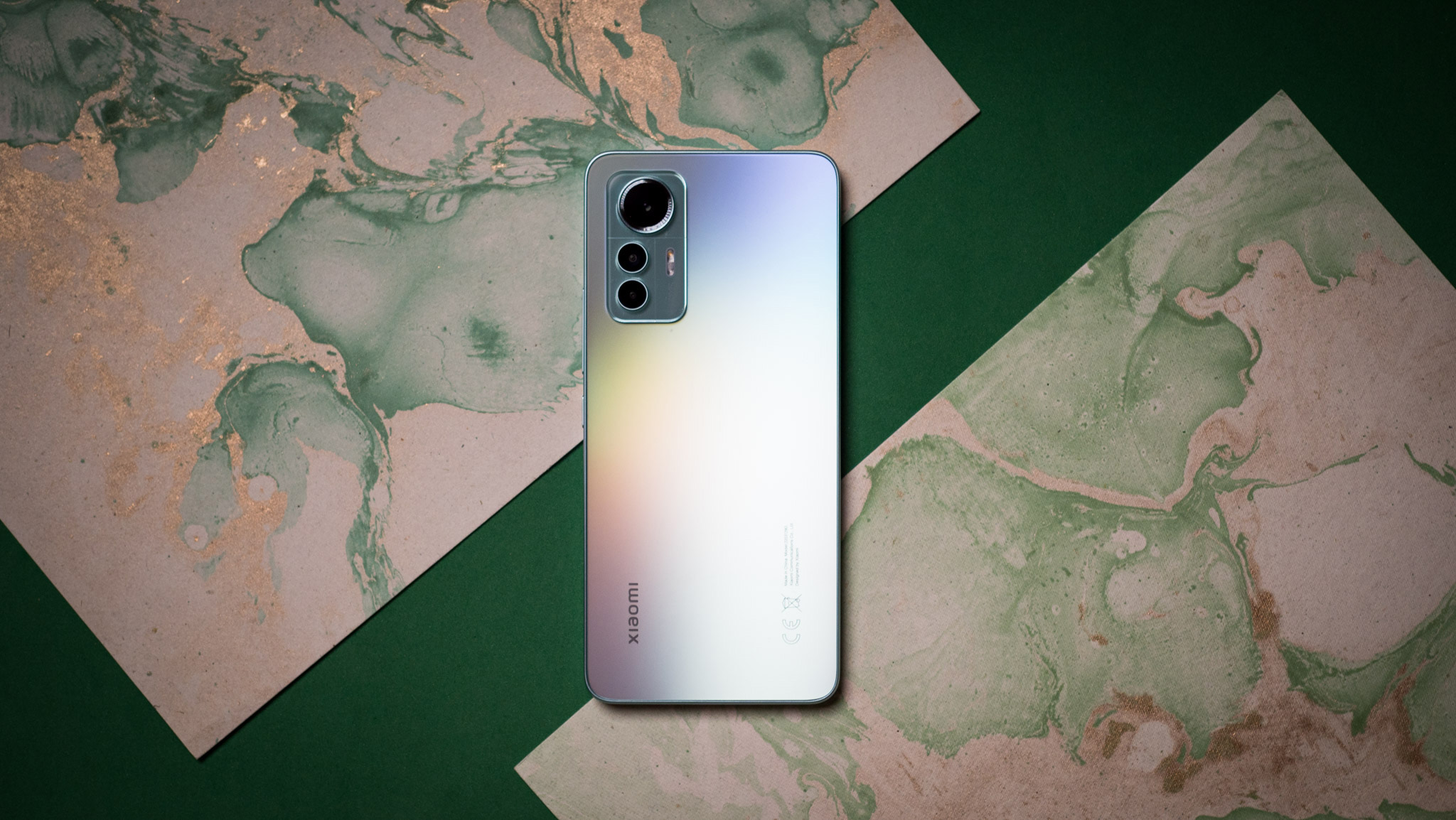
You should buy this if:
- You want a phone with reliable hardware for daily tasks
- You need all-day battery life and fast charging
- You want a vibrant AMOLED screen with 120Hz refresh and good contrast levels
- You want a mid-range phone that takes good photos
You shouldn't buy this if:
- You want a phone with wireless charging
- You want a clean UI with timely updates
- You need a phone for gaming
Xiaomi hasn't altered the formula too much with the Xiaomi 12 Lite, retaining the same Qualcomm silicon, 120Hz AMOLED screen, and connectivity options. There are a few noteworthy additions though — you get a 108MP camera, and there's 67W fast charging now. It nails the basics: it's fast in day-to-day use, the UI doesn't have a lot of bloatware and there's a lot of customizability, the camera takes great photos in challenging situations, and the quality of the screen combined with stereo sound makes this a good phone for streaming videos.
In short, the Xiaomi 12 Lite has the fundamentals of a great mid-range phone. But it is likely to be overshadowed by upcoming launches in this category, and while it is a good overall device, there isn't any area where it truly excels — there's no major differentiator here. For instance, the Galaxy A53 doesn't have the best hardware, but it will get more software updates than any other Android phone. The Realme GT Neo 3 has a lot of bloatware and the design isn't elegant, but it has 150W charging tech, and is a gaming powerhouse.
Xiaomi could have done more to make the 12 Lite stand out in this crowded category. As it stands, it is a good option to consider if you're already using a Xiaomi phone. But if you need a truly great camera or polished software, there are better alternatives.

Harish Jonnalagadda is Android Central's Senior Editor overseeing mobile coverage. In his current role, he leads the site's coverage of Chinese phone brands, networking products, and AV gear. He has been testing phones for over a decade, and has extensive experience in mobile hardware and the global semiconductor industry. Contact him on Twitter at @chunkynerd.
